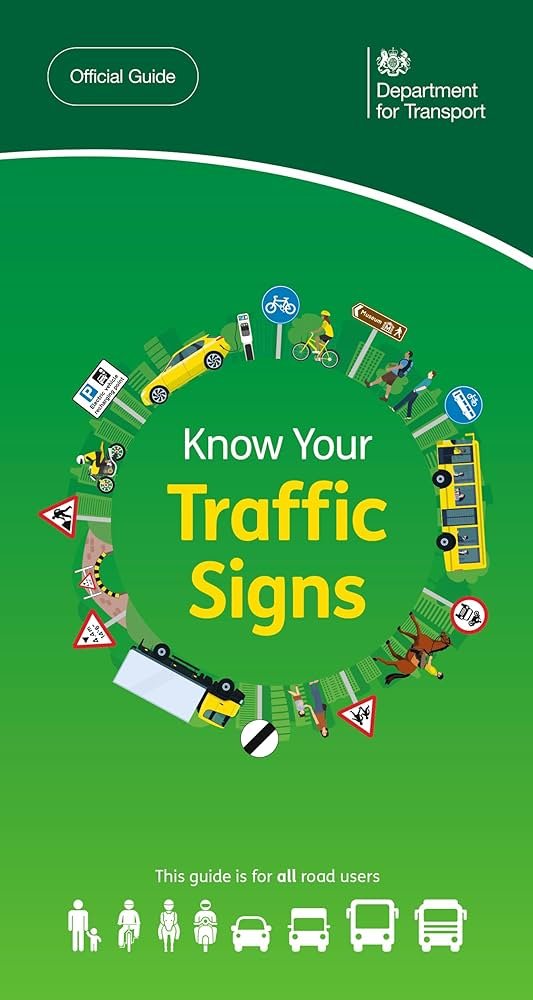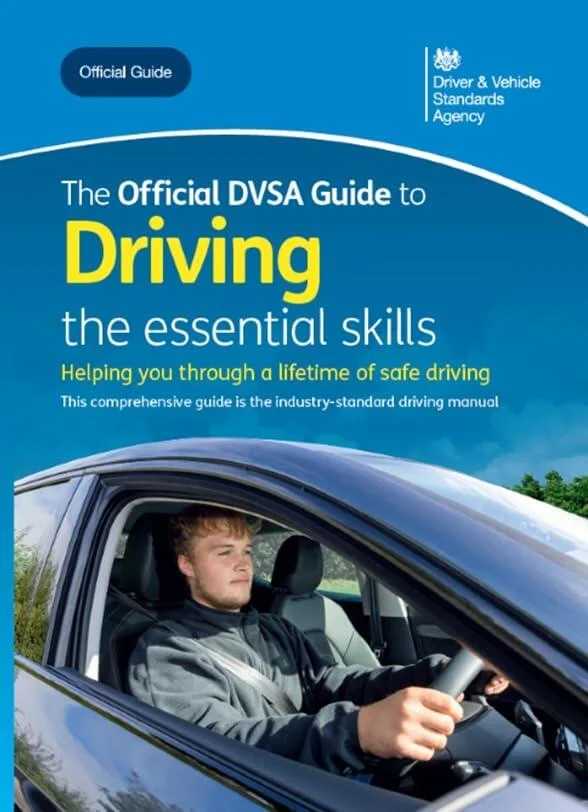Learning Hub
Provisional Licence
Apply for your first provisional licence online. You need to be at least 15 years and 9 months old but you can’t start learning to drive until you’re 17.
Reading Resources

The Highway Code
The rules and regulations about using the roads by all road users. your first stop guide to the Theory Test

Know Your Traffic Signs
Everything your need to know about traffic signs and road markings on UK roads.

Driving: The Essential Skills
Your book to learn the knowledge and understanding about driving.

The Theory Test
The Theory Test
You need to pass a theory test before you can take your driving test.
The theory test is an assessment of your understanding of the rules of the road. It consists of 50 multiple choice questions and 14 hazard perception videos. You must pass both parts to be successful.
The current pass rate is staggering low at 46% (Feb 2024 – www.gov.uk data)
Create a study schedule or timetable to allocate specific time slots for each subject or topic you need to revise. This helps you stay focused and ensures you cover everything you need to.
Divide your revision into smaller, manageable chunks. This makes it easier to digest the information and prevents overwhelm. Focus on one topic or subtopic at a time before moving on to the next.
Avoid passive ready or simply highlighting texts. Practise with your instructor or when you are in the passenger seat. Take advantage of every opportunity to learn. These techniques enhance understanding and retention.
Know beforehand what to expect with the test format and types of questions by taking mock tests in an app or online. This helps you become comfortable with the style of questions and identify weakness in your hazard perception skills.
Choose a quiet and well-lit space where you can concentrate without distractions. Make sure you have all the necessary resources readily available.
Studying for long periods without breaks can lead to fatigue and reduced productivity. Take short breaks every 45-60 minutes to rest and recharge. Use this time to stretch, have a healthy snack or do something enjoyable.
Prioritise getting sufficient sleep, especially the night before the test. Sleep helps consolidate your learning and improves cognitive functioning – very important for the hazard perception test.
Keep your study materials, notes, and resources orderly and kept somewhere safe. Use folders, binders, or digital tools to manage your documents and keep track of important information. This saves time and reduces stress when you need to find something specific.
